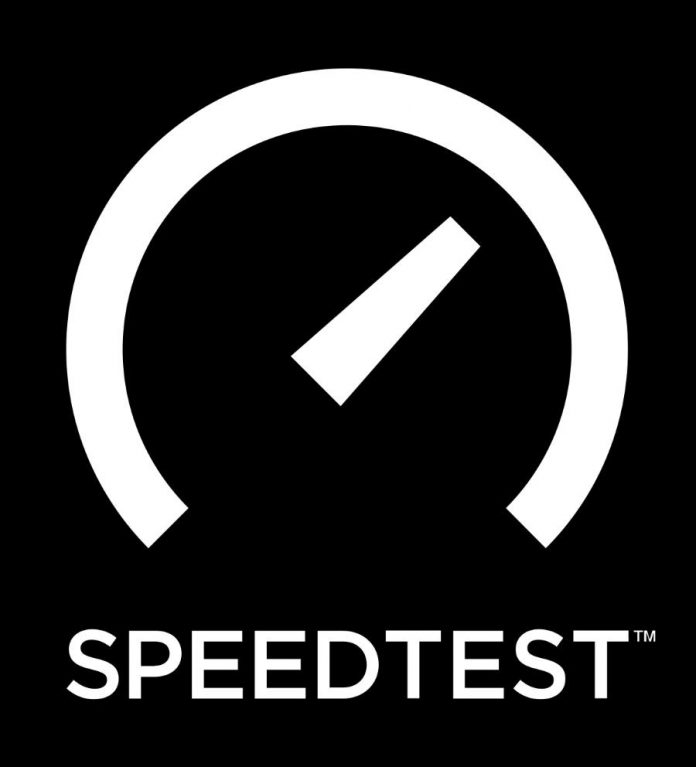
According to a market report presented by SpeedTest in August, the Internet speed in the United States got faster in the first six months of 2016.
Speedtest.net is a broadband speed test developed by Ookla. The site specializes in testing internet speed regardless the place, time or device used.
The change is especially noticeable in fixed broadband customers who had their download speed boosted up to 50 Mbps for the first time.
Mobile Internet also reported improvement during the first semester of 2016, as the biggest carriers; AT&T, T-Mobile, Verizon Wireless and Sprint are competing to become the fastest carrier. The average download speed averaged 19.27 Mbps which makes up for a 30% upgrade when compared to last year’s first semester.
Xfinity is the fastest internet provider in the US
Although the internet speed experienced a became faster in the United States, it still behind a lot of other countries. The US fixed broadband ranks 20 in the world and 42nd in the mobile internet chart, GeekWire reported.
During 2015 the fiber-to-the-home connectivity kept growing as consumers demanded greater fiber technology which offers a much faster internet connection. Google fiber dominated this market soon after the service went live in Kansas City in Septembre 2012.
As for internet service providers, Xfinity remains the fastest in the United States with an average download speed of 125.53 Mbps.

Speedtest also predicted an optimistic 40% growth in broadband performances and 30% growth in mobile internet performances per year.
The FCC says it’s not enough
Despite the good news, a recent Broadband Progress report released by Federal Communications Commission noted that 10% of Americans lack access to the FCC’s target speed of 25 Mbps download and 3Mbps upload speed.
The FCC discovered in its report that 10 percent of all Americans do not have access to the FCC’s target speed, and 39 percent of rural Americans have no internet at all.
The report also concluded that both the private and public sector need to keep working towards expanding the broadband services for all Americans. The federal entity offered to help by providing direct subsidies, identifying and reducing obstacles and by removing barriers to infrastructure investment.
“U.S. consumer appetite for more speed is insatiable. With the growth of municipal and locally-focused fiber deployments, as well as network infrastructure investments from the big ISPs, the U.S. is likely to see continued performance gains in the coming year,” concluded the Speedtest report.
Source: Speedtest










